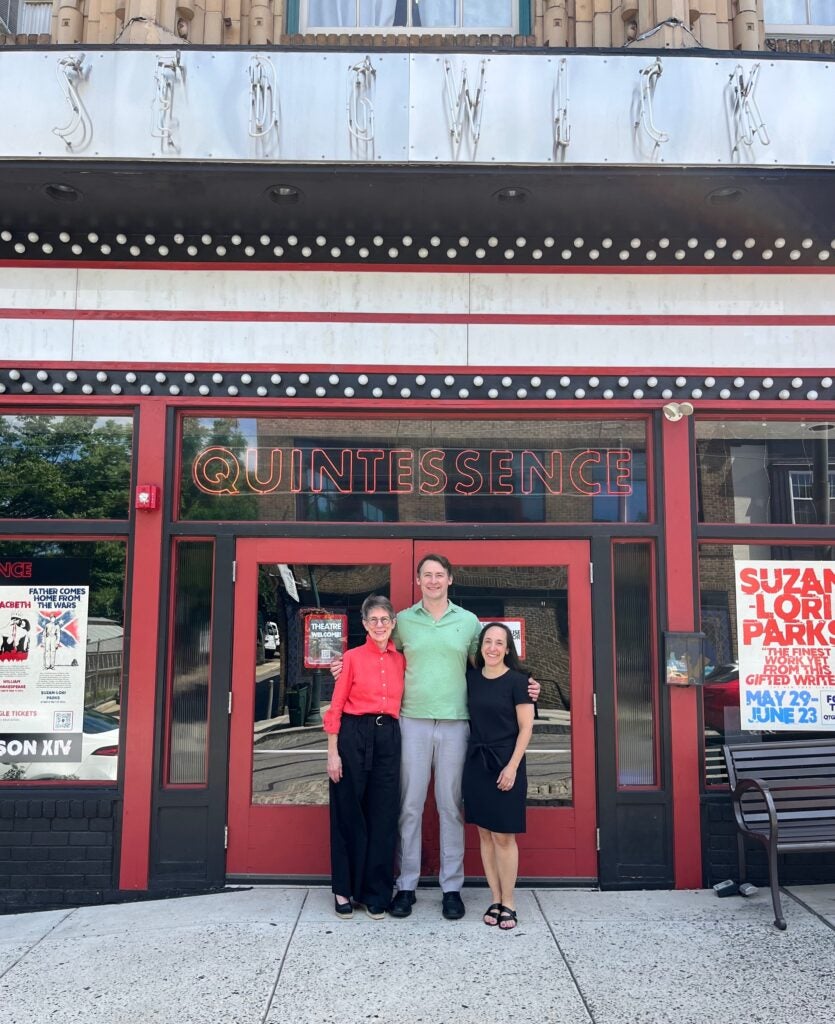From Philly and the Pa. suburbs to South Jersey and Delaware, what would you like WHYY News to cover? Let us know!
The Quintessence Theatre company has bought the historic Sedgwick movie theater on Germantown Avenue in Mt. Airy, which has been the performance group’s home base for 14 years. The 1928 art deco movie palace is the centerpiece of the recently designated Mount Airy Historic District corridor.
The cost: $2.3 million. Quintessence, a Barrymore award–winning company that produces classical theater with a contemporary spin, raised the money with private donations, a bank loan and a significant gift from local philanthropists David Haas and Lisa Clark.
The theater company plans to put an additional $8 million into extensive renovations of the building, of which about $3 million has been raised, including $1.75 million in state redevelopment grants.
Artistic director Alexander Burns envisions the Sedgwick becoming a performing arts center for Northwest Philadelphia.
“It’s not just building a world-class theater in Northwest Philadelphia,” he said. “It’s restoring an incredible historic structure from the Golden Age of Philadelphia.”

The Sedgwick was built in 1928 as a 1,600-seat theater designed by theater architect William Harold Lee, with a built-in pipe organ and orchestra pit. It screened films for almost 40 years.
In 1966, the main auditorium was gutted, walled off from the lobby and used as a warehouse. It has been separated from the front part of the theater and no longer functions as an auditorium, but Burns says the original stage proscenium arch is still there as well as the relief ceilings.
The most recent owners of the property, David and Betty Ann Fellner, bought the building in 1994 to be the headquarters of their nonprofit the Sedgwick Cultural Center, which lasted until 2006.
In 2010, the Fellners began renting the theater to Quintessence, but the building was in such poor condition at the time that the company had a hard time complying with Equity actors union requirements. It ultimately built a 225-seat black box performance space in what used to be the anteroom in front of the auditorium.
“We treated the Sedgwick for the first five years as a found space where we were producing theater in a kind of derelict, abandoned lobby,” said Burns. “Then the next five years we started to make it actually work as a professional theater venue.”

Post a Comment